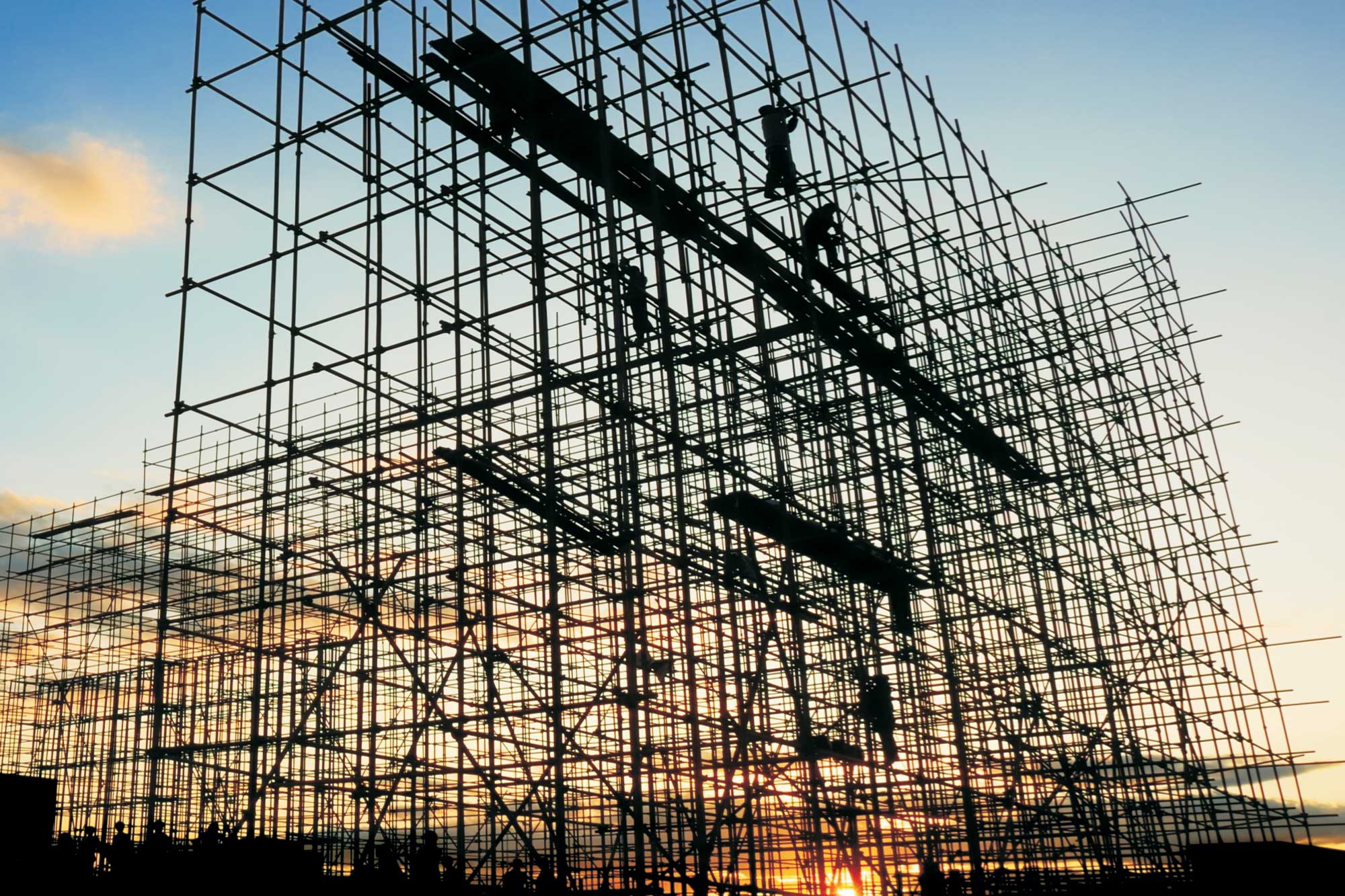Formwork: a multi purpose system
By Edit Team | June 17, 2016 10:03 am SHARE

Formwork is now considered as capital equipment like construction machinery, which needs to be diminishing over a longer period of time.
Earlier days the formwork used to be built with the help of timber and plywood. It is easy to work on timber but the life of timber is very short compared to the formwork which is built with steel or aluminium. Still it is used as the labour cost is lower than the cost for procuring reusable form work.
Advantages
The formwork is built out of pre-fabricated metal frame made of steel or aluminum. The advantage of using this steel formwork is that it speeds up the construction and saves the time and it has long life which can be reusable. Formwork is a multi purpose system which is used for plastering, supporting structures, for lift machine. This system can be erected for straight circular and also curved structures. The system has horizontal and vertical pipes . Horizontal pipe is locked to vertical pipe with the help of cups .The cups are of cast iron and pipe used are of 40Nb pipe, forged blades are welded on both the corners. System specifications• Horizontal pipes: Horizontals have identical forged blade ends with
System specifications
• Horizontal pipes: Horizontals have identical forged blade ends with minimum of projection to avoid damage. Each component locates in the cup joints on the verticals.
• Vertical pipes: Verticals are provided in four basic sizes with cup joints welded at 500mm intervals. The top cups are of malleable casting to endure rough site handling and welded bottom cups are pressed from high quality steel.
• Spigot pins: This pins are used for making vertical connections. Spigot pins are drilled in two places to receive locking.
• U Jack: Jack is made of cast iron and nut U is welded to the jack.
• Base Plate: Screw jack is used in connection with a head plate for leveling or supporting purpose. M S Plate is welded having holes to suit for fixing.
Formwork needs to have the requisite strength and be able to withstand the weight of the concrete it holds as the material firms up. The wet concrete applies a great deal of pressure to the formwork, with more pressure being exerted at the bottom compared to the top. If the formwork is underdesigned to support the weights required, it can bend or break as the concrete is being filled. Accidents can also happen when the formwork is removed before the concrete dries thoroughly. For this reason, formwork is allowed to stay in place for a certain number of days after the wet concrete is poured into it. Sometimes, a damp blanket is placed on the outside of the forms for a while. Formwork is also known as shuttering or forms.
Uses of Scaffolding
The two structures, formwork and scaffolding, are used for entirely different purposes and have completely different requirements. Scaffolding needs to be easy to construct, simple to dismantle, and convenient to transport. The platforms constructed in scaffolding have to have big enough areas to allow people to walk freely and handle and transport materials easily. The complete structure must be strong enough so that it is unaffected by climatic conditions and doesn’t shake, deform, or tilt over time.
It allows workers to move around on structures easily by giving them access to flat roofs and ledges. Scaffolding is used extensively for creating stage sets for the movies, making hanging platforms, or putting up billboards. Formwork and scaffolding are indispensable in the construction industry because of the myriad ways in which they are used. n
Authored by__
Hitesh Agarwal,
CEO,
Mahalakshmi Profiles
Cookie Consent
We use cookies to personalize your experience. By continuing to visit this website you agree to our Terms & Conditions, Privacy Policy and Cookie Policy.






































































